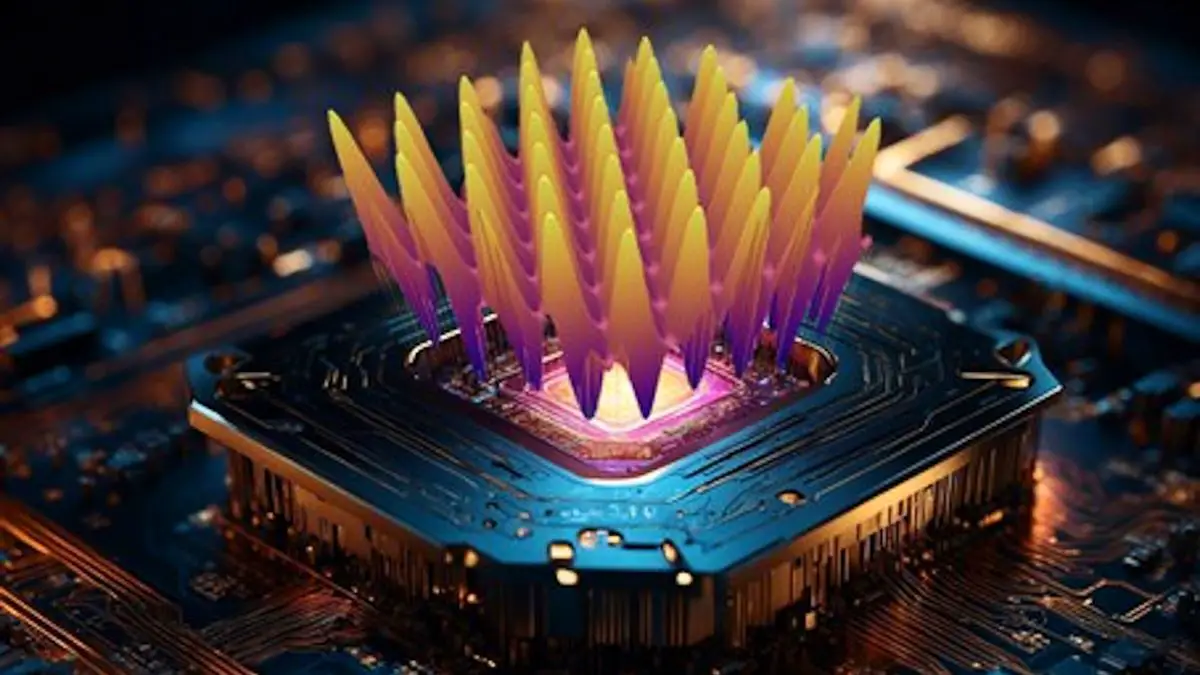Physicists are exploring new frontiers by using quantum computers to simulate complex materials. An international team of researchers has just taken a step forward in this field, paving the way for concrete applications in materials science and quantum computing.
In the 1980s, physicist Richard Feynman postulated that it was impossible to accurately model nature with a classical computer. He then proposed using a computer made up of quantum particles.
Scientists from the research center Julichin collaboration with Slovenian colleagues, the feasibility of this approach. Their study focused on a multibody systemdescribing the behavior of a large number of interacting molecules.
In quantum physics, these systems allow us to explain phenomena such as superconductivity or quantum phase transitions at absolute zero. At 0 Kelvin, quantum fluctuations only occur when a physical parameter such as a magnetic field changes.
Quantum matter modeling
The research team focused on the quantum material 1T-TaS2, which is used in various applications such as superconducting electronics and energy-efficient storage devices.
Jaka Vodeb from the Jülich Supercomputing Center explains their approach:We put the system into non-equilibrium, and observed how the electrons in the crystal lattice rearrange themselves after the non-equilibrium phase transition, both experimentally and through simulations.»
Calculations were made using a Quantum annealing From D-Wave, integrated into Jülich's unified quantum computing infrastructure, JUNIQ.
Promising results and practical applications
The researchers have successfully modeled the transition between dynamics dominated by thermal fluctuations and dynamics dominated by noisy quantum fluctuations. They have also shown that the correlation between quantum solid qubits can directly reflect the microscopic interactions between electrons in the quantum material.
A deeper understanding of 1T-TaS2 based memory devices may lead to a quantum memory device Practical, and implemented directly on the Quantum Processing Unit (QPU). These devices will contribute to the development of energy-efficient electronic devices, thus significantly reducing energy consumption in computer systems.
Quantum Computing Prospects
This research highlights the potential of quantum annealers to solve practical problems, paving the way for their wider application in diverse fields such as cryptography, materials science, and simulation of complex systems.
The obtained results have direct implications for the development of energy-efficient quantum memory devices, representing a major advance in the field of applied quantum computing.
Illustration: Artist's representation of a quantum simulation of 1T-TaS2 performed on the quantum annealing quantum processing unit. Credit: – Josef Stefan Institute / Jaka Vodeb und Yevhenii Vaskivskyi
Fodip, J., Diego, M., Vaszczyk, Y. And others. Dynamics of non-equilibrium quantum field renormalization in a two-dimensional electronic crystal and a quantum annealer.
Nat Common 154836 (2024). s41467-024-49179-z

“Certified gamer. Problem solver. Internet enthusiast. Twitter scholar. Infuriatingly humble alcohol geek. Tv guru.”





